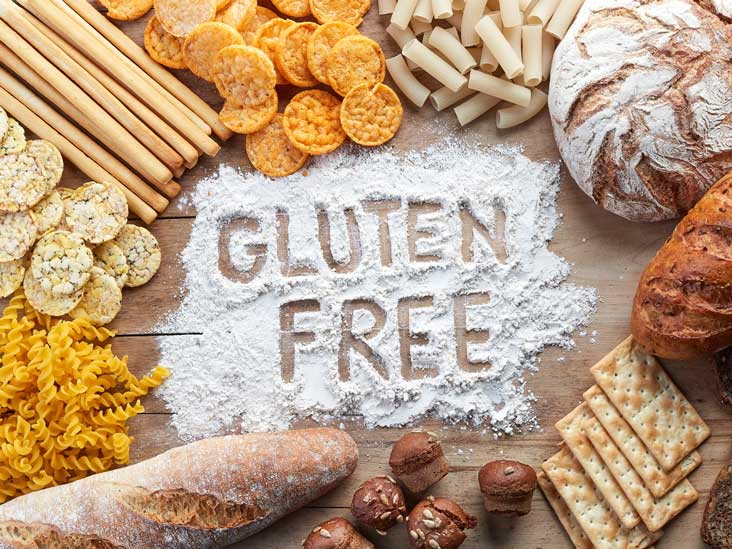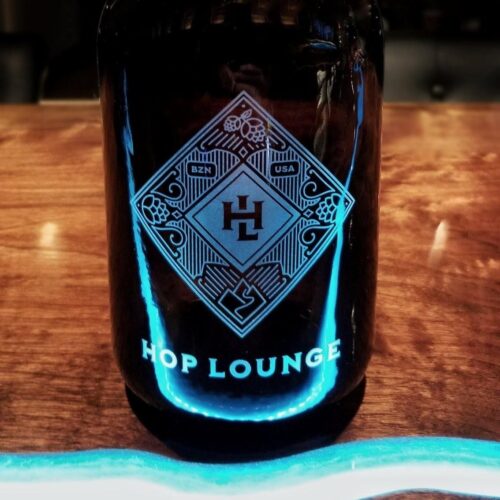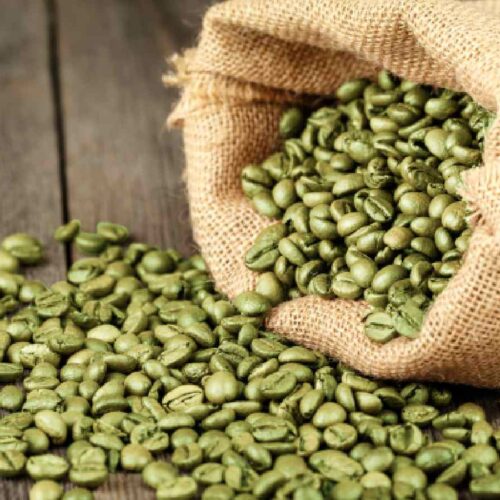Until you are first diagnosed with coeliac disease it can be difficult to understand how it impacts a person. You may know people who eat gluten free bread and have seen gluten free recipes online, but you’ll only fully comprehend what it means once you need to eat gluten free due to coeliac symptoms. Gluten is a protein that can be found in wheat, barley and rye. If it is present in any food or drink and you are coeliac, you won’t be able to consume those products.
What to know about eating gluten free?
It isn’t true that eating a gluten free diet is healthier than a diet containing gluten, but if you suffer with coeliac disease, you must follow a gluten free diet throughout your life.
Some food and drink that contain gluten and should be avoided include:
- Bread
- Pasta
- Flour
- Biscuits
- Pizza bases
- Cereals
- Lager
- Stout
- Fizzy drinks and squashes that contain barley
This is not an exhaustive list and should serve as the foundation as you begin your journey to eating gluten free. Things have improved in recent years, with gluten free alternatives to most food and drink available in health food shops, supermarkets, and through gluten free prescription.
Gluten free foods
The world of gluten free food is wide open to you. The following is a list of some food and drink that are naturally gluten free:
- Fruit
- Vegetables
- Meat
- Rice
- Eggs
- Pulses
- Dairy products, e.g. cheese, milk
- Wine
- Sherry
- Cider
What about oats? – although oats do not contain any gluten, they can become contaminated quite easily during the production phase with other cereals that contain gluten. With this in mind, people with coeliac disease are advised to eat oats that have been specifically prepared to be completely gluten free.
Speak to a doctor and dietitian
If you have been diagnosed with coeliac disease or dermatitis herpetiformis, your GP can confirm if you are eligible for a gluten free prescription where you can access gluten free products. Speaking to a dietitian will also help you to understand how to identify which foods are safe for you to eat, how to understand food labels, and how to prepare food to be gluten free.
Once you have been diagnosed as coeliac, spoken to a doctor, and worked out exactly what it means to your daily life, you can begin to put in place measures to help you make the shift to a new way of eating and living. A gluten free prescription might be available to you, and with the support of services that provide delicious, gluten-free alternatives to the types of food you’ve always enjoyed, you can soon see how eating gluten free doesn’t have to be a chore. Of course, it will be a shock to find out you have coeliac symptoms and to worry about what comes next, but with the right type of support, you can still enjoy food in a responsible way.




